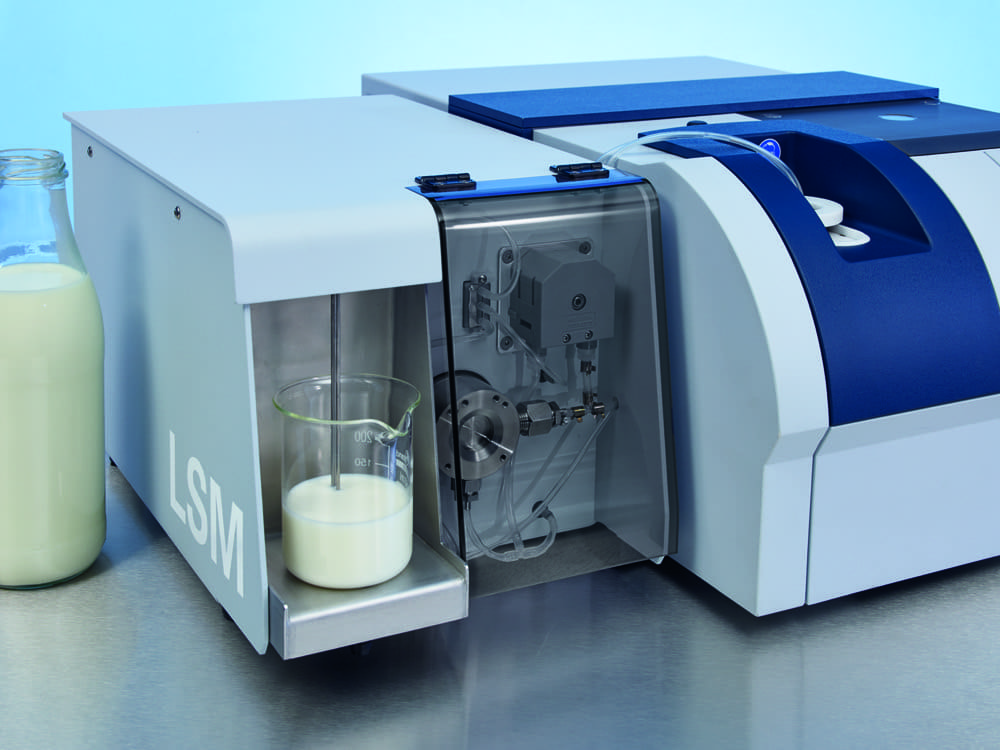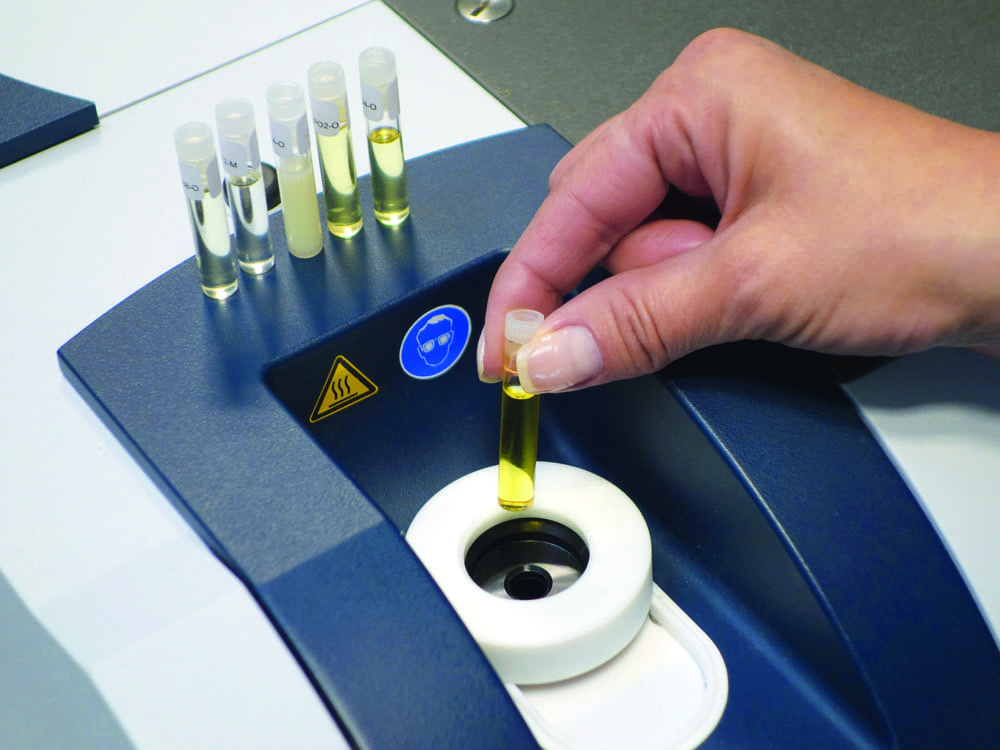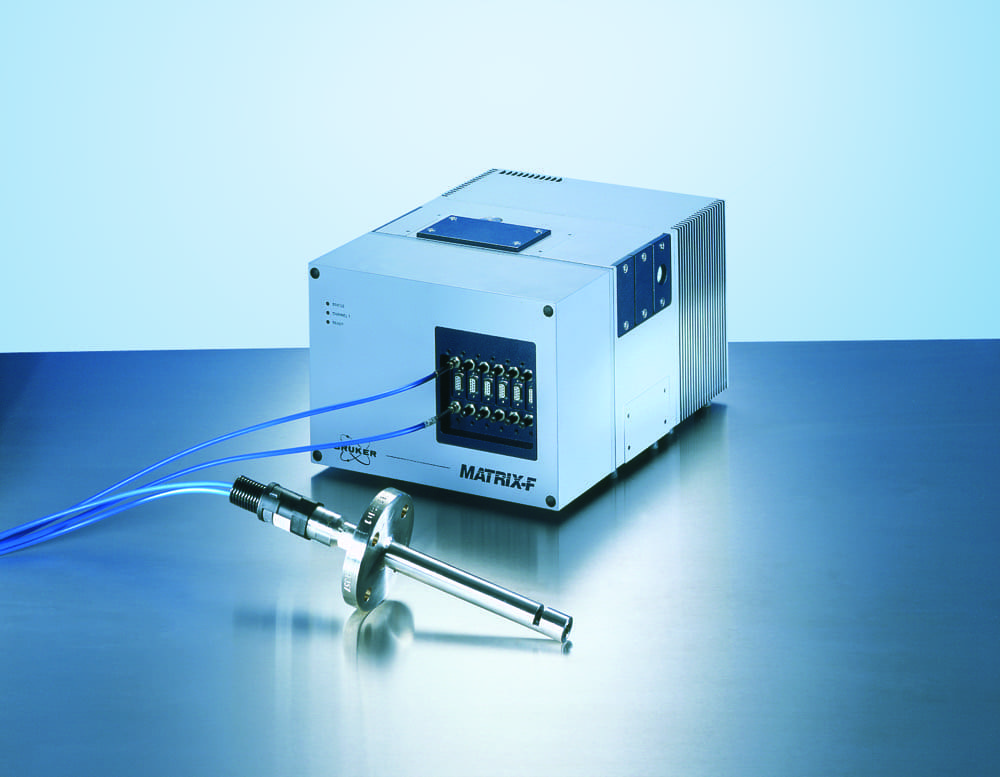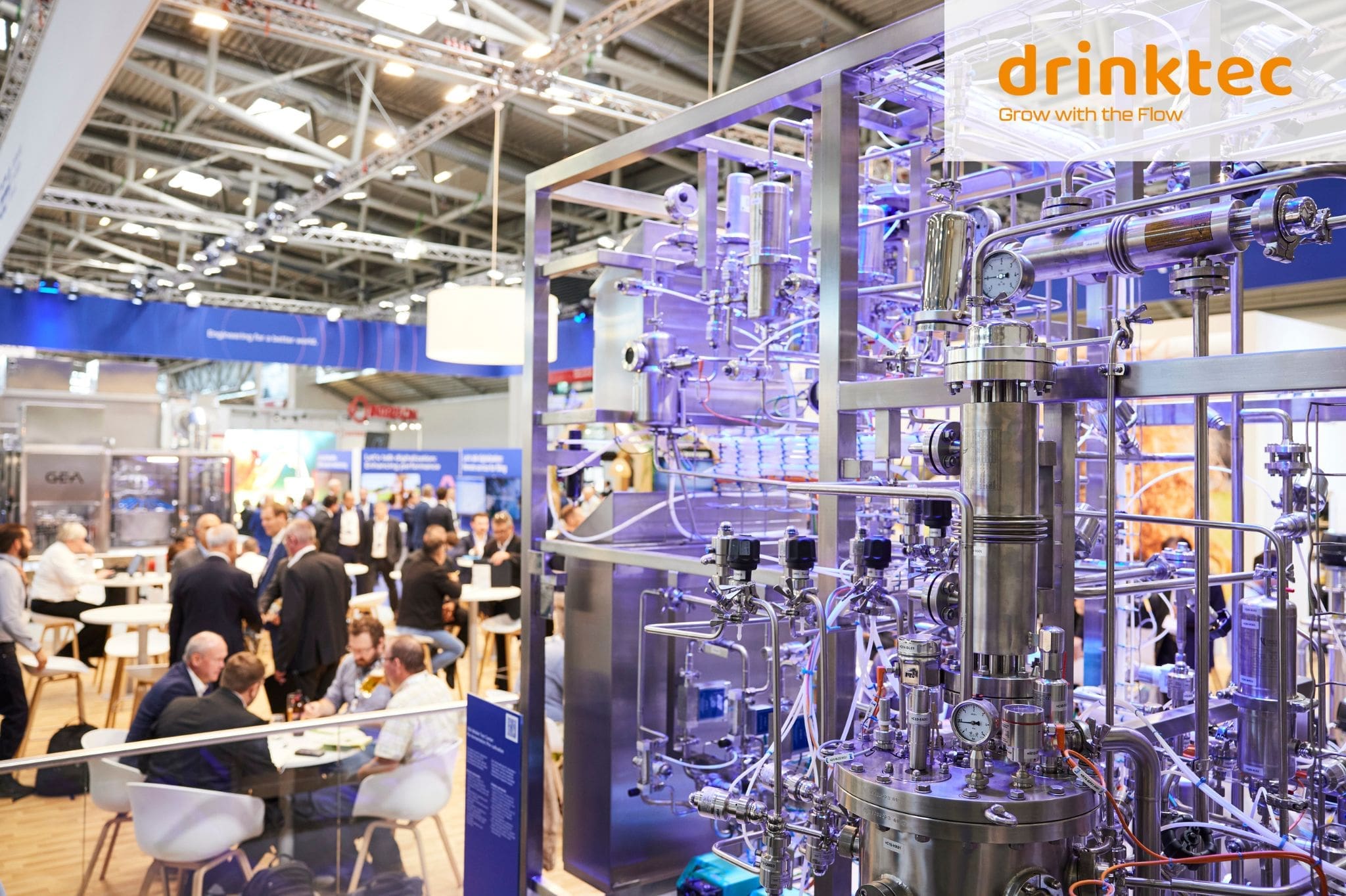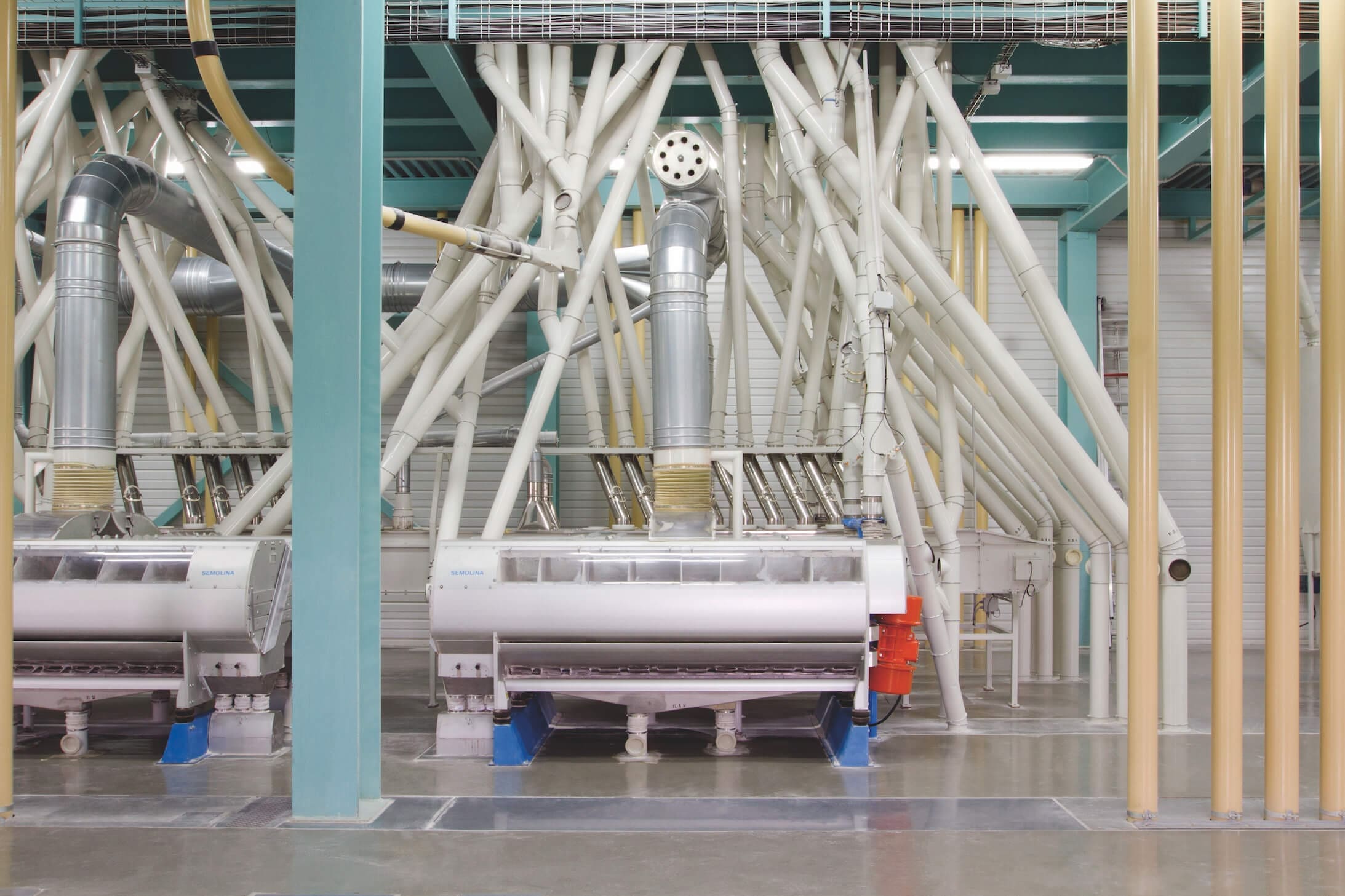Quality control requirements for food production and food processing are constantly increasing. Modern FT-NIR spectroscopy presents the industry with many possibilities for fast and simple quality control in the laboratory and can also be used to monitor the production line directly. The new-generation analytical instruments are easy and intuitive to use and even enable shift workers to carry out analyses alongside production.
Fast analysis is beneficial at every stage in the production chain because errors made at one specific point often impact on the final product. With FT-NIR, manufacturers can:
- analyse samples from tankers quickly, prior to unloading, and therefore reject any deliveries that do not meet specifications;
- identify raw materials before use and quantify and assess their properties;
- conduct on-line quality control at important production steps and prior to bottling;
- check food is fit for human consumption.
The following examples demonstrate some of the possible uses of FT-NIR spectroscopy technology in the food industry.
Analysis of milk and dairy products
On account of seasonal and regional variation in the composition of raw milk, it is essential for all subsequent processing steps that the milk will be standardised. FT-NIR spectroscopy analyses the key parameters, fat, protein, dry matter and lactose, with accuracy comparable to that of conventional mid-infrared systems (FT-IR). Using the LSM (liquid sampling module) – a sample feed with optional homogenisation and automatic cleaning routines – samples are simply pumped into a temperature-controlled transmission-flow cell, where they are measured.
Any kind of milk, e.g. raw milk, skimmed milk or UHT milk, can be analysed, as well as other liquid dairy products including cream, condensed milk, liquid ice cream, flavoured milk products and concentrates, i.e. even viscous products that conventional milk analysis instruments struggle to measure.
Another advantage of FT-NIR spectroscopy is that one single piece of equipment can be used to measure not only liquid samples but solid and paste-like products too, including cheese, powdered milk and yogurt.
This allows for the cost-effective analysis of different quality parameters in all relevant products, ensuring quick quality control at the individual stages of production.
Quality control of frying oils
Deep-fried foods, such as chips, fish products, doughnuts and crisps, have become a substantial part of our diets today. This calls for a quick and simple method for closely and continuously monitoring the degradation in quality of deep-frying oil and thereby detecting harmful by-products that develop from oxidation and polymerisation in particular.
Various criteria are applied to determine when the oils need to be changed. For instance, the total polar materials (TPM) and polymerised triacylglycerol (PTG) levels are defined using gel permeation chromatography (GPC). Regulations in many EU countries state that a deep-frying oil should contain below 24-27 % TPM, and 16 % PTG. However, no single parameter can be considered conclusive. A variety of tests should always be consulted to measure the by-products resulting from both oxidative and thermal processes in the oil before a valid conclusion can be drawn. Using FT-NIR spectroscopy, these parameters, as well as other important readings such as acid value and Anisidine value, can be established from one single measurement. FT-NIR was included in the DGF standard methods (DGF C-VI 21a) last year as a screening method for the analysis of deep-frying oils.
Many other important quality parameters for fresh, unused deep-frying oils and other cooking oils, such as olive oil, can be analysed using FT-NIR. Besides the iodine value, the trans-fatty acid content and the acid value, the various fatty acids can be quickly identified too.
Solutions for the meat-processing industry
With global demand for meat and meat products continuing to grow, it can be a challenge to always deliver the quality that customers expect. FT-NIR technology, which can produce analysis results in less than a minute, has the capability to complete, or even replace, a wide range of conventional quality assurance testing procedures for meat and meat products, both in the laboratory and on the production line.
For example, it is very important for sausage manufacturers to determine the often variable fat content in their meat supplies when planning subsequent production steps. Furthermore, the fat content is a common criterion for value-based payment to suppliers. In this respect, FT-NIR spectroscopy represents a valuable tool for assessing the raw materials going into the product. The parameters of fat, protein and water can be determined simultaneously using just one measurement. The results can be used as a basis for decisions about production procedures.
In sausage production, there is a legal requirement to define the maximum water content, minimum protein content and total fat content. The salt level is also of particular interest to the manufacturer and consumers as well. FT-NIR has proven itself to be an efficient method of analysis for measuring levels of moisture, fat, protein and salt in the different sausage varieties. Additionally, water activity (aw-value) can be analysed to optimise the product’s shelf life.
Monitoring Food Processes Online
FT-NIR spectroscopy is however not restricted to the laboratory. There is a strong trend to take spectroscopy on the line rather than taking the sample to the lab. Not only quality and safety issues, but also economic considerations motivate the producers to develop methods for the real time process analysis. Online measurements are suitable for solid and liquid samples alike. There are different contact and non-contact sensors available which can be implemented into pipes, bypasses and even over conveyor belts. Up to six sensors can be multiplexed by a single MATRIX-F FT-NIR spectrometer.
One example is the monitoring of the milk powder process. The key points in the spray drying process can be monitored by installing sensors e.g. in the storage tanks, the inline feed of the spray dryer as well as at the powder outlet of the fluid bed dryer.
Why FT-NIR?
FT-NIR spectroscopy is a high-performance method of analysis that is increasingly being used in the food industry. With its simple operation, it has the potential to replace a wide range of conventional analysis methods and to serve as a rapid method that dramatically increases the number of samples that can be measured. Consequently, the quality of the raw materials, production processes and end products can be controlled and monitored more closely.

